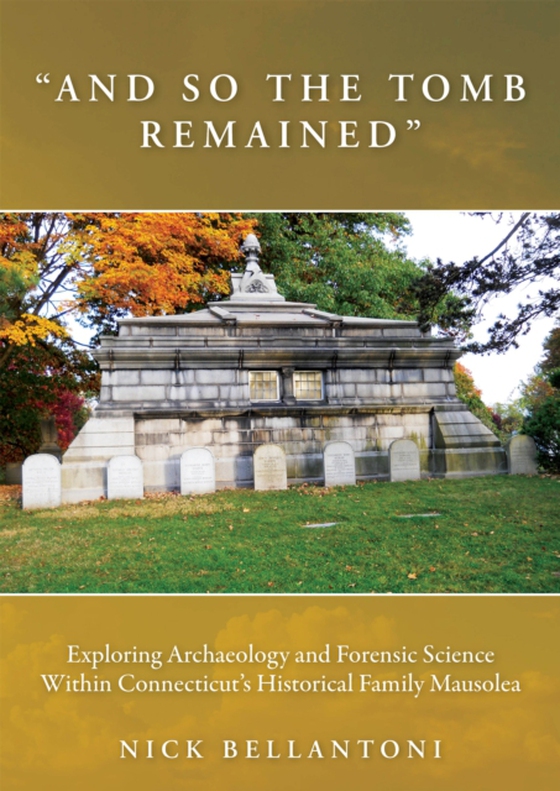
"e;And So the Tomb Remained"e; e-bog
202,45 DKK
(ekskl. moms 161,96 DKK)
Stone and brick tombs were repositories for the physical remains of many of Connecticut’s wealthiest and influential families. The desire was to be interred within burial vaults rather than have their wooden coffins laid into the earth in direct contact with crushing soil burden led many prominent families to construct large above-ground and semi-subterranean tombs, usually burrowed into ...
E-bog
202,45 DKK
Forlag
Oxbow Books
Udgivet
28 december 2020
Længde
192 sider
Genrer
1KB
Sprog
English
Format
epub
Beskyttelse
LCP
ISBN
9781789255034
Stone and brick tombs were repositories for the physical remains of many of Connecticut’s wealthiest and influential families. The desire was to be interred within burial vaults rather than have their wooden coffins laid into the earth in direct contact with crushing soil burden led many prominent families to construct large above-ground and semi-subterranean tombs, usually burrowed into the sides of hills as places of interment for their dead."And So The Tomb Remains" tells the stories of the Connecticut State Archaeologist’s investigations into five 18th/19th century family tombs: the sepulchers of Squire Elisha Pitkin, Center Cemetery, East Hartford; Gershom Bulkeley, Ancient Burying Ground, Colchester; Samuel and Martha Huntington, Norwichtown Cemetery, Norwich; Henry Chauncey, Indian Hill Cemetery, Middletown; and Edwin D. Morgan, Cedar Hill Cemetery, Hartford. In all of these cases, the state archaeologist assisted in identifying and restoring human skeletal remains to their original burial placements when vandalized through occult rituals or contributed to the identification of unrecorded burials during restoration projects.Each investigative delves into family histories and genealogies, as well as archaeological and forensic sciences that helped identify the entombed and is told in a personal, story-telling approach. Written in essay form, each investigation highlights differing aspects of research in mortuary architecture and cemetery landscaping, public health, restoration efforts, crime scene investigations, and occult activities.These five case studies began either as “history mysteries” or as crime scene investigations. Since historic tombs were occupied by social and economic elites, forensic studies provide an opportunity to investigate the health and life stress pathologies of the wealthiest citizens in Connecticut’s historic past, while offering comparisons to the wellbeing of lower socio-economic populations.
 Dansk
Dansk

